Today's Current Affairs 8 May 2023

Smart Meters
GS Paper III
Context: To revolutionise the electricity industry, India is replacing traditional electric metres with pre-paid smart metres. The bulk of smart metre users have started to take use of some technological advantages. But some of the challenges that must be overcome include the slow adoption of smart metre applications and the lack of access to comprehensive power bills.
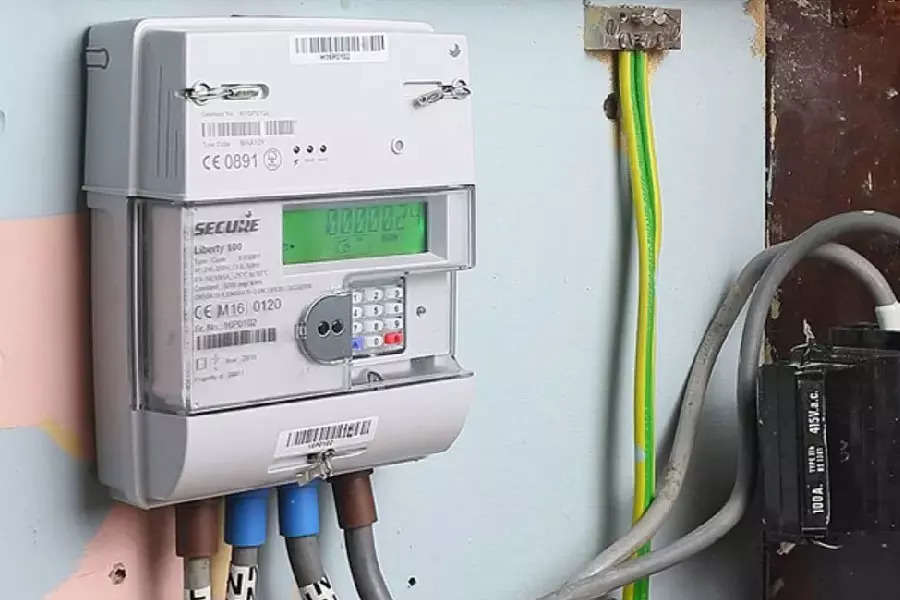
What are Smart Meters?
Smart metres are digital electricity metres of the next generation that assess energy use and transmit that data back to the utility provider very instantly.
Smart metres provide two-way communication between the metre and the utility company, in contrast to conventional electric metres that need to be manually read.
A study on Smart Meters:
According to a recent survey by the Council on Energy, Environment and Water (CEEW), the majority of people who use smart metres have already started to take use of some technological advantages.
In six States, the study included around 2,700 urban homes with prepaid or postpaid smart metres.
Two thirds of customers said paying bills had gotten simpler, and half of users said their billing frequency had improved.
About 40% of customers mentioned a variety of side advantages, including increased local power supply, a better sense of control over their electricity costs, and a decrease in electricity theft.
In fact, 70% of those who use prepaid smart metres stated they would advise others to utilise the technology.
These results provide assurance that India's transition to smart metres is going in the correct manner.
Advantages of Smart Meters over traditional electric meters:
Accurate billing is made possible by smart metres, which do away with the need for anticipated bills and give clients precise and transparent data on their energy consumption.
Data that is close to real-time is made available by smart metres, allowing users to keep track of their usage and make wise choices regarding their energy use.
Smart metres offer the potential to enable dynamic pricing, in which electricity rates change according to the time of day, the season, or other characteristics, motivating users to consume energy when it's less expensive and lowering consumption during peak hours.
Better energy management: Smart metres provide utilities the ability to better balance energy supply and demand, cut down on power interruptions, and more efficiently incorporate renewable energy sources.
Energy theft detection: Smart metres can assist in the identification of energy theft and the response to it, lowering losses for utilities and guaranteeing an equitable distribution of energy expenses.
Control over energy use by the customer: Smart metres provide customers more power over their energy use, enabling them to better regulate their energy use and lower their costs.
Challenges in the Smart Meter Deployment:
High installation costs: Utility companies or consumers may find it difficult to implement smart metres because of the upfront expenditures, which can be substantial.
Technical difficulties: Integrating smart metres into the grid infrastructure that already exists might be difficult technically and demand for considerable modifications to communication networks and other hardware.
Smart metres communicate and gather sensitive consumer data, which raises questions regarding data security and privacy.
User adoption: It can be difficult to persuade consumers to use smart metres, especially if they are unfamiliar with the technology or if they are not well informed about their advantages.
Interoperability: Ensuring that smart metres are compatible with various communication standards and protocols can be difficult, especially in places where there are several energy providers.
Regulatory obstacles: The regulatory climate can be difficult, especially if smart metre laws are unclear or if stakeholders like electricity companies or consumer advocacy groups are opposed to them.
|
Electricity Act 2003 The Ministry of Power, New and Renewable Energy's primary statute governing the power industry is the power Act of 2003.
The Act establishes national and state-level Electricity Regulatory Commissions (CERC and SERCs).
Functions of these Commissions include: Regulating and determining tariff. Issuing licenses for transmission. Distribution, and electricity trading. Adjudicating upon disputes, within their respective jurisdiction. |
Ways to improve smart meter deployment:
Education and public awareness: Utilities and governments may launch public education programmes to inform citizens about the advantages of smart metres and how they can help consumers save money and energy. Different socioeconomic groups should be the focus of these efforts, which should also offer practical advice on how to make the best use of smart metres.
Co-ownership and cooperation: Utilities and governmental organisations should work together to provide a seamless installation and recharge experience for consumers and to utilise data from smart metres to safeguard revenue and engage customers. Distribution firms, or Discoms, ought to be in charge and share ownership of the programme with the Advanced Metering Infrastructure Service Providers (AMISPs), who are in charge of setting up and running the AMI system.
Discoms, system integrators, and technology suppliers should work together to develop creative and scalable data solutions in order to leverage smart metre data effectively and reveal their full value offer. An ecosystem that encourages innovation in analytics, data hosting and sharing platforms, and allows for important actors to cooperatively test and scale innovative solutions would be necessary for this.
Consumer empowerment: To enable consumers to open up new retail marketplaces, policymakers and regulators must make rules stronger. The retail market must be made accessible to new business models and prosumagers (producers, consumers, and storage users), as well as simplified and innovative tariff designs. The phase-out of paper bills, arrears correction, alert frequency, buffer time, refunds, and data privacy should all be governed by regulations.
Interoperability: It is essential to make sure that smart metres can work with various communication standards and protocols. Standardisation, certification, and testing programmes can help with this.
Pilot initiatives and educational opportunities: In order to test new smart metre technologies and commercial models, utilities and governments can launch pilot programmes. From the outcomes, they can learn how to scale up successful models.
Conclusion:
India is attempting a novel approach to generating enough power to fulfil the country's rising demand while also reducing carbon emissions. Smart metres are an essential component of the toolkit for transition because they promote responsible use, smart energy management, and the economically viable integration of distributed energy sources. The success of India's smart metering effort would be largely dependent on a user-centric design and implementation strategy. India can increase the deployment of smart metres and consumer happiness with good execution, ushering in the smart-meter revolution.
Source: The Hindu
Cannabis Cultivation
GS Paper II
Context: According to reports, Himachal Pradesh is contemplating following Uttarakhand, Gujarat, and Madhya Pradesh in legalising cannabis growing. The Narcotic Drugs and Psychotropic Substances (NDPS) Act of 1985 made it illegal to grow marijuana and use other drugs in India, which led to lengthy pre-trial detention, stigmatisation of users, and slim chances for rehabilitation. A focus on public health might lessen the strain on the criminal justice system while addressing drug addiction.
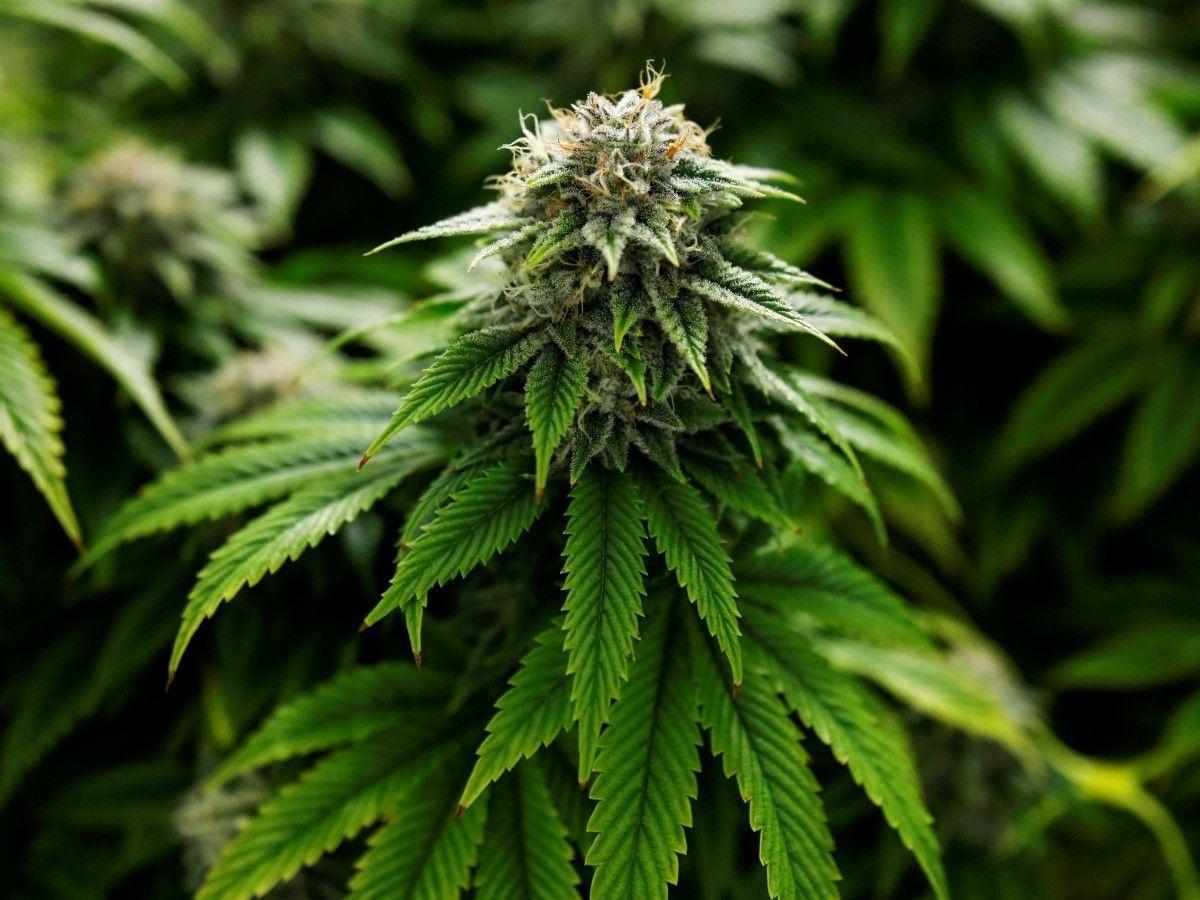
What is Cannabis?
Cannabis, a psychoactive substance derived from the Cannabis plant and known by a number of other names, is generally used for therapeutic or recreational purposes.
Tetrahydrocannabinol (THC), one of the cannabis plant's 483 recognised chemicals that also includes at least 65 additional cannabinoids including cannabidiol (CBD), is the primary psychoactive ingredient.
It can be smoked, vaporised, cooked into food, or used as an extract.
Prospects of legalizing Marijuana:
Health benefits:
Cannabis's cannabinoids are powerful healers and are noted in Ayurveda.
It can be used to treat a variety of illnesses, including cancer, multiple sclerosis, arthritis, epilepsy, and sleeplessness.
Ecological benefits:
In addition to being classified as a superfood by studies, the cannabis plant and seeds are also a super-industrial carbon-negative raw resource.
Every component of the plant has an application in industry. In certain nations, hemp is being utilised to produce biofuel, bioplastics, and even building materials. Hemp seeds have also gained popularity in the cosmetic business.
Marijuana is addiction-free:
According to an epidemiological research, only 9% of marijuana users develop a clinical dependence on the drug.
The 'similar rates' for alcohol, cocaine, and cigarettes were 32%, 15%, and 16%, respectively.
Good source of Revenue:
The government will stand to gain enormous sums of money from the legalisation and taxation of marijuana that would otherwise go to the Israeli and Italian drug traffickers.
Around 500 economists, including Nobel Prize winner Milton Friedman, demanded that marijuana be legalised but taxed and controlled similarly to other items in an open letter to US President George W. Bush.
A potential cash crop:
India naturally has the cannabis plant, especially in the northern hilly areas. It has the capacity to be a cash crop for underprivileged marginal farmers.
If adequate study is conducted and marijuana growing is supported on a formal basis, it may eventually turn into a viable source of income for those with limited landholdings.
Prohibition was ineffective:
Since marijuana was outlawed in India, the use of synthetic drugs like cocaine has skyrocketed, but since marijuana was made legal in several areas in the US, it has declined.
In addition, it is now rather simple to obtain marijuana in India, and young people frequently use it. Therefore, it is accurate to argue that prohibition has not been able to stop the issue.
Marijuana is less harmful:
Like drinking alcohol, using marijuana was never seen as a socially unacceptable conduct. In fact, keeping it legal was regarded as a progressive viewpoint.
Medical research has now established that marijuana is less dangerous than alcohol.
|
Narcotic Drugs and Psychotropic Substances (NDPS) Act
The creation, manufacturing, possession, transit, sale, and use of narcotic drugs and psychotropic substances are all prohibited under the Narcotic Drugs and Psychotropic Substances (NDPS) Act, a legislation from India.
In reaction to the US-led worldwide war on drugs in the 1970s, the Act was passed.
Since it was passed, the NDPS Act has undergone multiple revisions, the most recent of which was in 2014.
The Act identifies several drug categories and specifies various penalties for various offences.
The Act has drawn criticism for its stringent rules, particularly for small-scale drug users who frequently end up in jail and have a difficult time finding treatment and de-addiction facilities. Small-scale drug use should no longer be considered illegal, and drug users should be seen as victims rather than criminals, according to recent recommendations. |
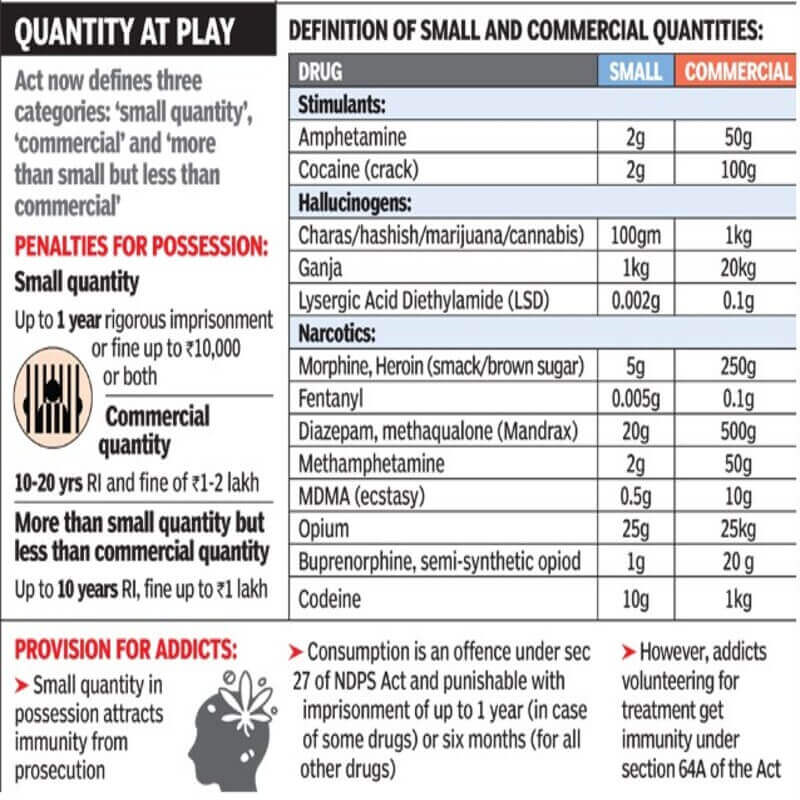
|
Narcotic Drugs and Psychotropic Substances (NDPS) Act
The creation, manufacturing, possession, transit, sale, and use of narcotic drugs and psychotropic substances are all prohibited under the Narcotic Drugs and Psychotropic Substances (NDPS) Act, a legislation from India.
In reaction to the US-led worldwide war on drugs in the 1970s, the Act was passed.
Since it was passed, the NDPS Act has undergone multiple revisions, the most recent of which was in 2014.
The Act identifies several drug categories and specifies various penalties for various offences.
The Act has drawn criticism for its stringent rules, particularly for small-scale drug users who frequently end up in jail and have a difficult time finding treatment and de-addiction facilities. Small-scale drug use should no longer be considered illegal, and drug users should be seen as victims rather than criminals, according to recent recommendations. |
Why criminalizing drug users is not a good option?
Criminalization results in protracted pre-trial incarcerations and stigmatisation of drug users, many of whom come from socially and economically disadvantaged homes.
Lack of access to treatment facilities: Many drug users do not have easy access to treatment facilities, which makes recovery difficult.
recovery is challenging when drug users are locked up because they run the danger of turning into peddlers and their recovery is also challenging.
Overcriminalization of drug users adds to the strain of already overburdened law enforcement agencies and jams already overloaded courts.
Public funds wasted: During the process, funds that could have been used to establish a strong rehabilitation network were wasted.
Ineffective in discouraging drug use: Criminalization was meant to discourage drug usage. However, drug dependency has become more prevalent globally over time.
Social well-being being undermined: The overcriminalization of drug users threatens their social welfare and feeds the vicious cycle of crime and addiction.
Steps to address the negative impact of criminalizing drug users:
Decriminalisation: The Ministry of Social Justice and Empowerment advises that the government take into account decriminalising the possession of small amounts of narcotics for personal use. This will help with their rehabilitation by treating drug users more like victims than like criminals.
Public health strategy: To treat drug use as a public health issue, the government should take a public health strategy. This entails offering drug users healthcare treatments that put an emphasis on their recovery rather than merely penalising them.
Differentiating between drug sellers and buyers: The government needs to distinguish between drug sellers and buyers and deal with each group differently. Drug traffickers need to be punished, but drug users need to be treated as victims and given recovery assistance.
Building a strong rehabilitation network: The government ought to put aside funds to build a strong rehabilitation system for drug addicts. This will lessen the detrimental effects of drug usage on society and assist address its underlying causes.
Public awareness campaigns: To inform the public of the detrimental effects that drug usage has on one's health and wellbeing, the government should launch public awareness initiatives. By doing this, you can lower the demand for drugs and stop people from using them.
|
CBD oil Cannabidiol (CBD), a non-psychoactive substance found in the cannabis plant, is a component of CBD oil, a particular type of oil.
CBD is extracted from the plant and blended with a carrier oil, such as hemp seed oil or coconut oil, to create CBD oil.
It is used for several things, including as easing pain, lowering anxiety, and enhancing sleep. |
Conclusion:
Drug dependency has not been prevented by India's prohibition of drug use, and the criminal justice system is now overburdened. The stigma attached to drug use might be lessened and drug dependency could be addressed with the aid of a public health strategy. India might benefit from the lessons that Portugal, Canada, and the state of Sikkim have to offer.
Source: The Hindu
Criminalisation of Politics
GS Paper II
Context: The Association for Democratic Reforms (ADR) has made known that, in advance of the 2023 Assembly Elections in Karnataka, the number of candidates with active criminal charges has grown in all major political parties, bringing attention to the problem of the criminalization of politics. Candidates convicted of major crimes should no longer be eligible to run for office, according to the ADR. Such exclusions, nevertheless, have not yet been put into practise.
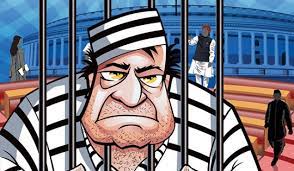
What is the Criminalisation of Politics?
Criminalization of politics is the act of criminals engaging in political activity, such as running for office and winning seats in state and federal legislatures.
It now poses a serious threat to our society and undermines fundamental democratic values like election fairness, adherence to the law, and accountability.
Data from the ADR show that since 2004, there have been more candidates elected to the Indian Parliament who had criminal accusations against them.
In 2004, 24% of lawmakers had active criminal charges; by 2019, that number had increased to 43%.
According to a petition submitted in February 2023, since 2009, there has been a 44% increase in the number of MPs having declared criminal charges.
159 MPs have significant criminal cases against them in the 2019 Lok Sabha elections, including rape, murder, attempted murder, abduction, and crimes against women.
Causes of Criminalisation of Politics:
Candidates and political organisations frequently enlist the help of people known as "goondas," who use illicit tactics including vote-buying and other dubious methods.
The tight relationships between politicians and their constituents, which provide a favourable climate for the abuse of authority and resources for personal benefit, which results in corruption and criminal activity, frequently serve to maintain this culture of political crime.
Most candidates running for office need money, resources, and gifts. It is important to remember that disrespect for the law immediately results from corruption.
Disrespect for the law and the criminalization of politics are closely related. Corrupt practises start to develop when lawlessness and the criminalization of politics come together.
People typically cast their votes based only on local concerns, paying little attention to the candidates' criminal records.
Because they support the interests of a certain group, politicians with criminal records may end up being elected rather than being held accountable for their deeds.
During elections, politicians make pledges to reduce corruption and graft, but they seldom keep them.
The candidate who receives the most votes wins under the First Past the Post (FPTP) system. The philosophy behind utilising force is that if parties can't build trust, fear and violence can help them win.
The simple majority system is another name for the FPTP method. The candidate who receives the most votes in a constituency is proclaimed the victor under this voting procedure. This forges a perilous link between criminals and political parties.
The criminalization of politics has a huge impact on the flow of black money and mafia financing. Due to the use of these illicit funds to influence elections and buy votes, there is an increase in the criminalization of politics.
The nation's weak administration is a significant factor in the growing criminalization of politics. There are no suitable laws or regulations to control the electoral process.
There is just the Model Code of Conduct, which is likewise not covered by any laws.
Implications of Criminalisation of Politics:
It restricts the number of candidates that voters can choose to elect. It goes against the democratic ideal of free and fair elections, which is its cornerstone.
The main issue is that lawbreakers now have the power to write laws, which reduces the effectiveness of democracy in fostering good governance. These unwholesome democratic tendencies portray an unfavourable picture of the state institutions of India and the calibre of its elected officials.
The spread of illicit funds makes it simpler for politicians to maintain their positions by buying votes, which creates a climate in which unethical behaviour becomes accepted and integrated into the political system. This makes it challenging for sincere government employees to perform their jobs well and may decrease public confidence in the administration.
It fosters a culture of violence in society, creates a poor example for young people to follow, and erodes public confidence in democracy as a form of government.
What are the Legal Aspects of Disqualification of Criminal Candidates?
The Indian Constitution is ambiguous on what prevents a person from running in elections for the Parliament, Legislative Assembly, or any other legislative in this respect.
The requirements for disqualifying a person from running in a legislative election are mentioned in the Representation of Peoples Act of 1951.
According to Section 8 of the Act, a person sentenced to more than two years in prison is unable to run for office for six years after serving their sentence. This provision applies to specific offences.
However, the legislation does not prevent anyone who are facing criminal charges from running for office; hence, a candidate's eligibility for office relies on whether or not they are found guilty in those charges.
Initiatives/Recommendations Against Criminalisation of Politics:
The Vohra Committee on Criminalization of Politics was established in 1983 with the goal of determining the extent of the political-criminal connection and making recommendations for how to effectively address it.
The Law Commission's 244th report, which was issued in 2014, addressed the need to stop the trend of corrupt legislators who are endangering democracy and secularism.
The Law Commission advised that those against whom charges had been filed at least a year prior to the day on which nominations for crimes carrying sentences of five years or more were to be scrutinised be disqualified.
The Union government launched a plan in 2017 to set up 12 special courts for a year to expedite the prosecution of criminal charges against MPs and MLAs.
Since then, the supreme court has given many directives, including one requesting that the Centre form a monitoring committee to look into the factors contributing to the delay in these cases' investigations.
SC Judgements Regarding Criminalization of Politics:
In Association for Democratic Reforms v. Union of India (2002): The Supreme Court held that each candidate for office must disclose both their educational and financial backgrounds.
Ramesh Dalal v. Union of India (2005): In 2005, the SC decided that a serving MP or MLA would be unable to run for office if they were found guilty and given jail sentences of two years or more.
Lily Thomas v. Union of India (2013): According to the SC, any member of the national or state legislature who has been found guilty of a crime and given a jail term of two years or more would be barred from holding public office.
In the 2014 case Manoj Narula v. Union of India, the Delhi High Court ruled that a person cannot be barred from running in elections just because they have been accused of committing a crime. The court did rule, however, that political parties cannot field candidates with a criminal history.
The Supreme Court has mandated that political parties make the criminal histories of their candidates publicly available on their websites, social media accounts, and publications in Public Interest Foundation v. Union of India (2019). The court further ordered the ECI to establish a system to guarantee that the disclosure of candidates' criminal histories was efficient.
Way Forward:
To combat black money and prevent the criminalization of politics, committees on electoral reform have advocated strengthening the Election Commission and paying elections with public funds.
Voters' Duty: Voters are responsible for keeping an eye out for election-related financial abuse. The judiciary should take a proactive stance by contemplating prohibiting those who have been charged with severe crimes from running for office.
Quick Judicial Procedures: The legal system can be expedited to remove both criminal and corrupt individuals from the political system. a framework for delivering justice that is time-bound, tougher action by the ECI, and appropriate tightening of pertinent legislation.
RPA Amendment: As politics become more criminalised, it is necessary to change the RPA of 1951 to ban anyone who is currently facing a major criminal charge from running for office.
Source: The Hindu
Report on Currency & Finance 2022-23
GS Paper III
Context: A Report on Currency & Finance 2022–23 was recently published by the Reserve Bank of India's (RBI) Department of Economic and Policy Research (DEPR).
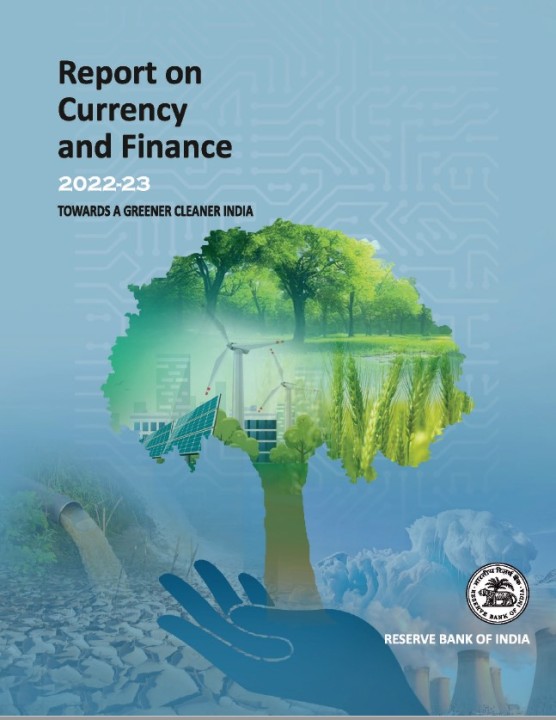
About the report:
The 'Towards a Greener Cleaner India' paper, which is based on the findings and judgements of the contributors from the Department of Economic and Policy Research, does not represent the opinions of the RBI.
It examines four key aspects of climate change to evaluate potential obstacles to India's continued rapid development.
These include the unprecedented speed and scope of climate change, its consequences on the macroeconomy, the implications for financial stability, and the range of policy choices available to reduce climate risks.
Major Findings:
By 2030, it is predicted that India would have spent 85.6 lakh crore (at 2011–12 prices) on climate change adaptation.
To reach the net zero target by 2070, India would need to significantly improve its energy mix in favour of renewables, pushing it up to roughly 80% by 2070–2071 and accelerate the reduction of GDP's energy intensity by about 5% yearly.
To close the infrastructure gap brought on by climate events, India would need to finance green projects at a rate of at least 2.5% of GDP year through 2030.
Public sector banks (PSBs) may be more susceptible than private sector banks, according to the results of a climate stress test.
The quantification of financial risks associated to climate change, however, is still a work in progress on a global scale.
Compared to the majority of the current payment options, such as credit and debit cards, CBDCs may be more energy-efficient.
By cancelling out activities like producing, storing, transporting, and replacing real cash, the CBDC aids in the reduction of emissions.
Recommendations:
India needs to implement a broad-based carbon pricing system consistent with developing global best practises and enact a carbon tax in order to accelerate and drive green financing in the nation and achieve climate goals.
A green taxonomy-linked emissions trading system (ETS) embracing all economic sectors was also advised since it may help partially balance tax and subsidies.
Public expenditure on climate change and associated concerns has to be accurately tracked and reported in a climate budget report as an addition to the annual budget.
In addition to stepping up efforts to address the variability in wind and solar power supply through appropriate energy storage technology and demand management mechanisms using smart grids, India should look into ways to improve access to technology and essential mineral resources through multilateral, regional, and bilateral strategic partnerships.
Way Forward:
India could meet its green transition objectives by 2030 and the net zero goal by 2070 with a balanced policy intervention that secured progress across all policy levers.
Source: Indian Express
Facts for Prelims
Krishi Mapper:
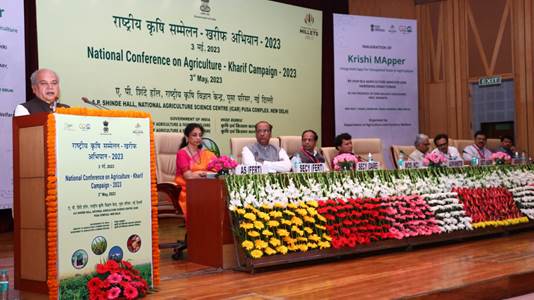
The Krishi MApper was introduced by Farmers and Union Minister of Agriculture.
An integrated app for geospatial data in agriculture is called Krishi MApper.
Information that describes things, occasions, or other features having a position on or close to the earth's surface is referred to as geospatial data.
It will aid in improved resource management, crop outcome forecasting, raising yields, bettering farming methods, etc.
Digital Twin City:
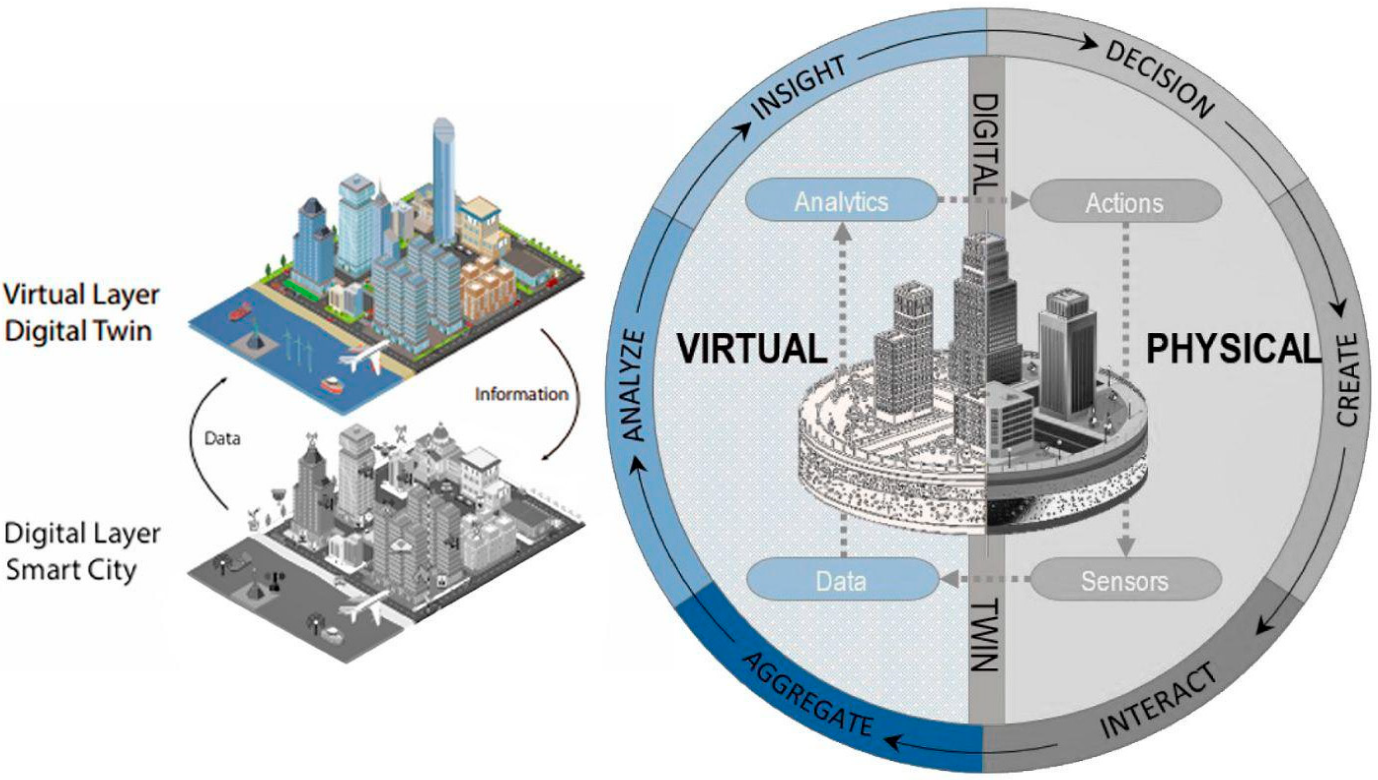
The top 100 cities in India will each have a digital twin created to improve efficiency, cooperation, and governance.
A digital twin is a three-dimensional (3D) virtual copy of a physical thing, like a city, that provides real-time insights about how well it performs, operates, or makes money.
Therefore, by enabling better infrastructure design at reduced costs, a digital twin of a city may assist policymakers in improving municipal administration and the urban ecology.
Other advantages include better healthcare, a greener environment, climate-smart cities or green infrastructure, smart education, smart agriculture, etc.
Maldives (Capital: Male):
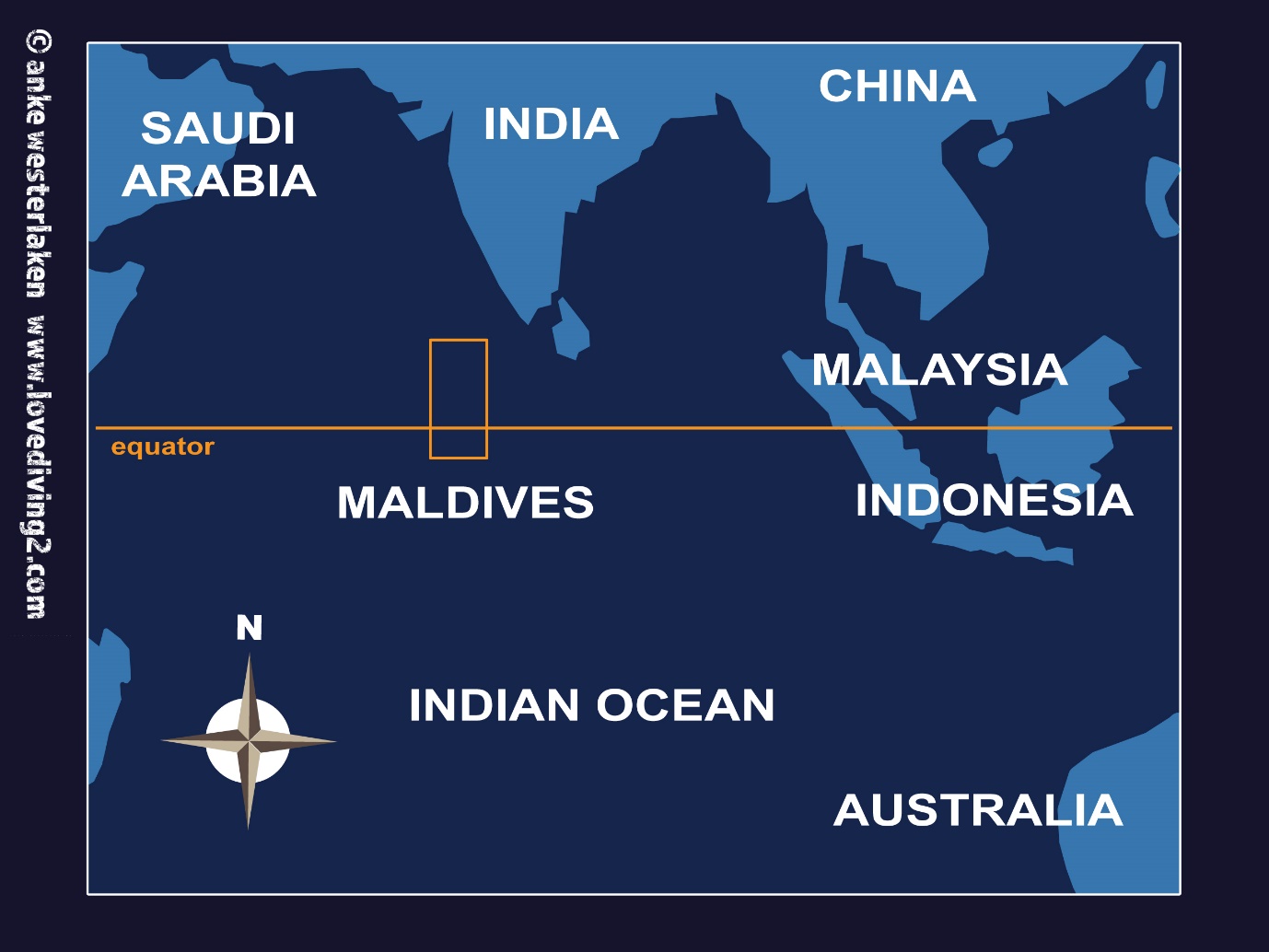
The Maldives National Defence Forces (MNDF) Coast Guard's "Ekatha Harbour" was officially opened by the Indian Defence Minister.
The island country of Maldives is located in the northern part of the Indian Ocean.
Minicoy island (India) and the Maldives are separated by an 8 degree canal.
Its series of roughly 1,200 tiny coral islands and sandbanks are gathered together in atolls and are of volcanic origin.
Mount Villingili in the Addu Atoll is the highest point.